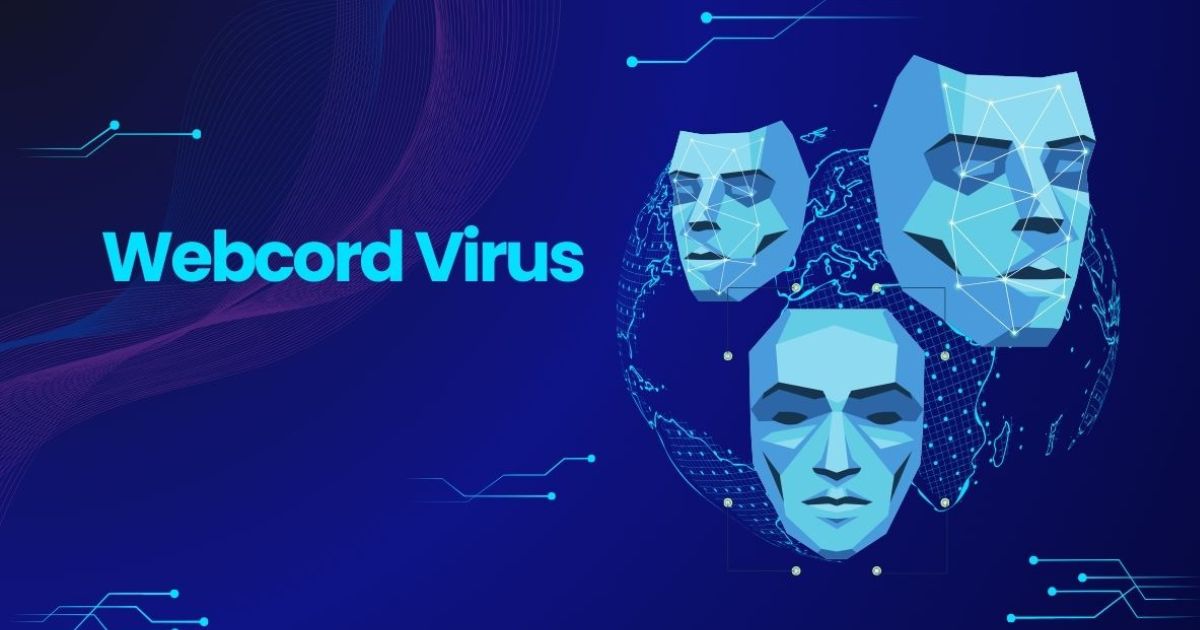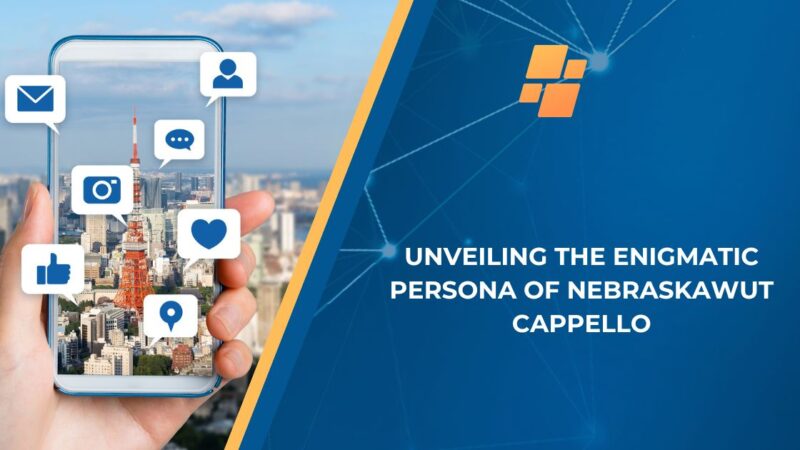WebCord Virus – Understanding, Detecting, & Protecting Systems
In today’s interconnected digital landscape, the threat of malware looms large, with new variants constantly emerging to wreak havoc on unsuspecting users and organizations. One such insidious malware that has garnered attention is the WebCord Virus. In this article, we delve into the intricacies of this malicious software, exploring its origins, modes of operation, impact, and preventive measures.

What is WebCord?
WebCord is a malicious program that hijacks your browser’s homepage and search engine and displays unwanted advertisements that do not originate from your browsing sites.
When installed on a computer, the WebCord browser hijacker will redirect your browser search queries through shady search engines. WebCord will also open new tabs in the browser that display advertisements trying to sell software, push fake software updates, and tech support scams.
How Does WebCord Virus Work?
The WebCord Virus operates with a sinister efficiency, infiltrating devices through deceptive means such as innocuous-looking email attachments, malicious websites, or counterfeit software updates. Once it gains access, this insidious malware commences its nefarious activities.
Unlike discerning adversaries, WebCord indiscriminately targets a plethora of data and systems, from personal files to sensitive information and vital system data. Its modus operandi includes self-replication, spreading across various segments of the infected device and even leaping onto interconnected devices within the same network. To draw an analogy, envision the virus as a burglar infiltrating a home and then replicating itself to ransack every corner and extend its reach to neighboring residences.
This rapid replication and dissemination process makes it challenging to detect and contain the virus before it inflicts substantial harm. By masquerading within normal files and activities, WebCord camouflages its presence, evading detection by users and even some antivirus programs until it’s too late.
Detecting the WebCord Virus: Signs of Infection
Identifying the presence of the WebCord Virus can be daunting, but specific indicators may signal its infiltration. Users might encounter unexpected pop-up ads or messages, leading them to malicious websites. Additionally, noticeable slowdowns in device performance, frequent software crashes, or device freezes could signify the virus’s covert operations.
Impact on Device Performance and Network Operations:
The WebCord Virus can severely impair both individual devices and entire networks. On a single device, it monopolizes processing power and memory, resulting in sluggish responses and prolonged task execution times. For networks, the virus’s replication and spread cause a surge in bandwidth consumption, impeding the availability of network resources and causing data transmission delays.
Security and Privacy Implications:
The security and privacy ramifications of a WebCord Virus infection are profound. The virus exposes users to identity theft, economic losses, and privacy breaches by stealing personal information such as login credentials and financial data. Moreover, the virus can clandestinely install additional malicious software, further compromising device security.
Immediate and Long-term Effects:
The WebCord Virus can induce many immediate issues, including device slowdowns, crashes, and intrusive pop-ups. In the long term, it may corrupt essential files, degrade device performance, or render devices unusable. Removal becomes increasingly challenging, potentially necessitating a complete device overhaul or replacement.
Threats to Personal Data and Privacy:
The WebCord Virus’s ability to compromise personal data and privacy is of particular concern. This malware can clandestinely monitor keystrokes, access private files, and surveil online activities, jeopardizing sensitive information such as passwords, financial details, and personal photos.
Economic Impact on Businesses and Individuals:
The economic repercussions of the WebCord Virus can be significant. For individuals, the costs of virus removal, potential data loss, and hardware replacement can impose considerable financial strain. Businesses face even more critical challenges, including downtime, loss of customer trust, legal consequences from data breaches, and operational disruptions.
Prevention and Mitigation Strategies
Proactive measures are imperative to mitigate the risk of WebCord Virus infection. Essential practices include:
- Staying informed about the latest threats.
- Exercising caution with emails and links.
- Using strong passwords.
- Educating others.
Additionally, deploying reputable antivirus software, enabling firewalls, and updating systems and applications can enhance defence mechanisms against malware.
Removal and Recovery Procedures:
Swift action is crucial in the event of a WebCord Virus infection. To mitigate the damage, isolate the infected device, boot it into Safe Mode, run antivirus scans, perform manual cleanup, and reset the device to factory settings. Recovering files, updating software, and seeking professional assistance when necessary are vital for restoring the system’s integrity and safeguarding against future threats.
Also Read: Best Strategies For Home Service Marketing
FAQs:
How to detect viruses from Task Manager?
Look for suspicious processes or applications in the Task Manager that use many CPU or memory resources, especially if you don’t recognize them or have odd names.
What should I delete in Task Manager?
Only end processes or tasks in Task Manager that you’re sure are related to the virus or unwanted program. Deleting critical system processes can cause your computer to malfunction.
How do I delete a virus?
You can delete a virus using antivirus software to scan and remove it. Alternatively, you can manually remove it by identifying and deleting infected files or processes, though this can be risky and may not entirely remove the virus.
How do you know if a PC has a virus?
Signs of a virus infection include slow performance, unexpected pop-ups or ads, changes to your homepage or search engine, files or programs disappearing or acting strangely, and unusual network activity.
How do you remove viruses from a PC without antivirus?
You can remove a virus manually by identifying and deleting infected files, running system scans with built-in Windows tools like Windows Defender, using malware removal tools provided by trusted sources, or restoring your system to a previous, clean state using System Restore. However, using antivirus software is generally safer and more effective.
Conclusion:
The WebCord Virus represents a significant threat in the ever-evolving landscape of malware. By understanding its modes of operation, impact, and preventive measures, users and organizations can better safeguard themselves against this insidious threat. With vigilance, proactive security measures, and prompt response to infections, individuals and businesses can mitigate the risk posed by the WebCord Virus and ensure a safer digital environment for all.


